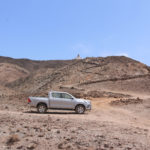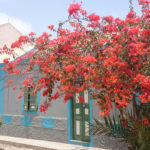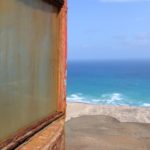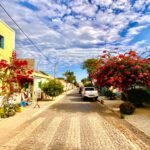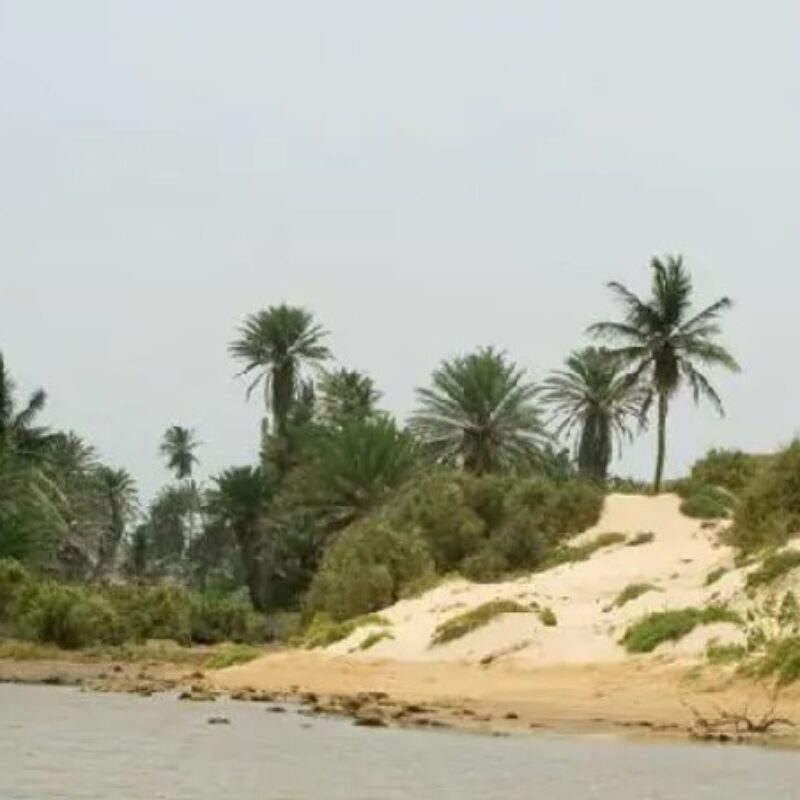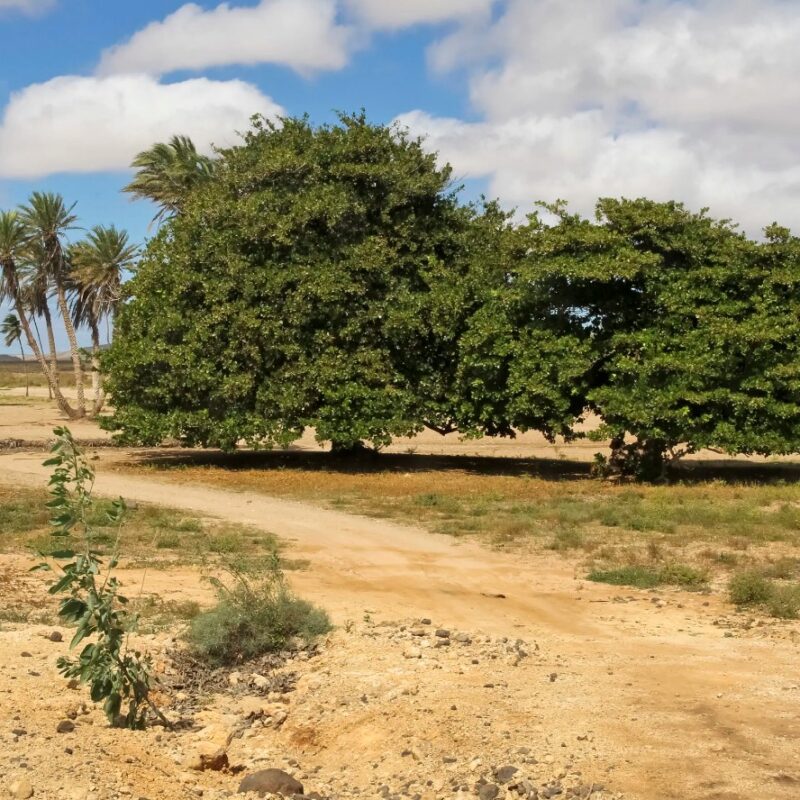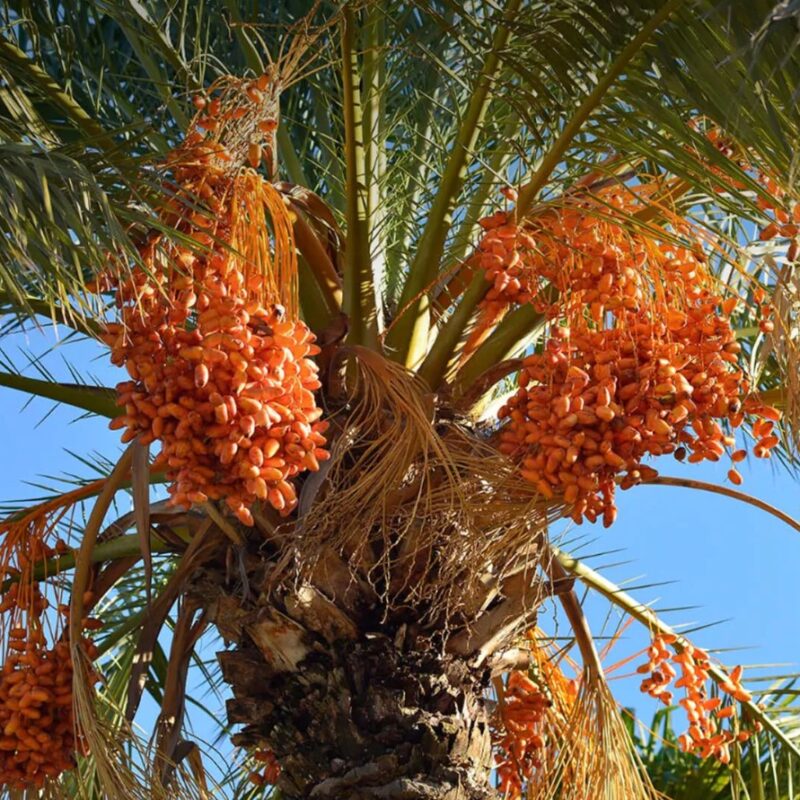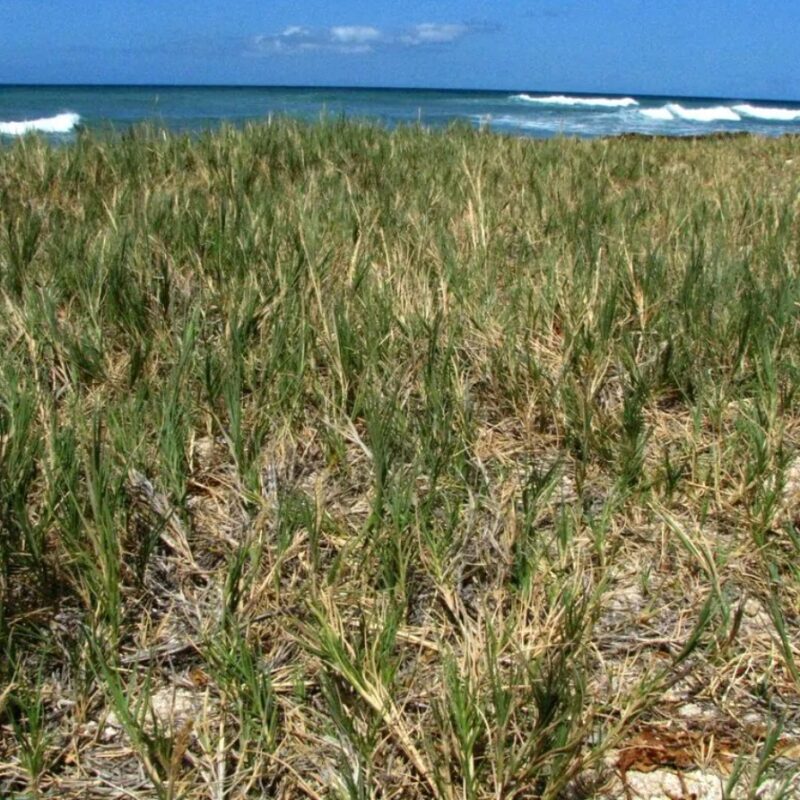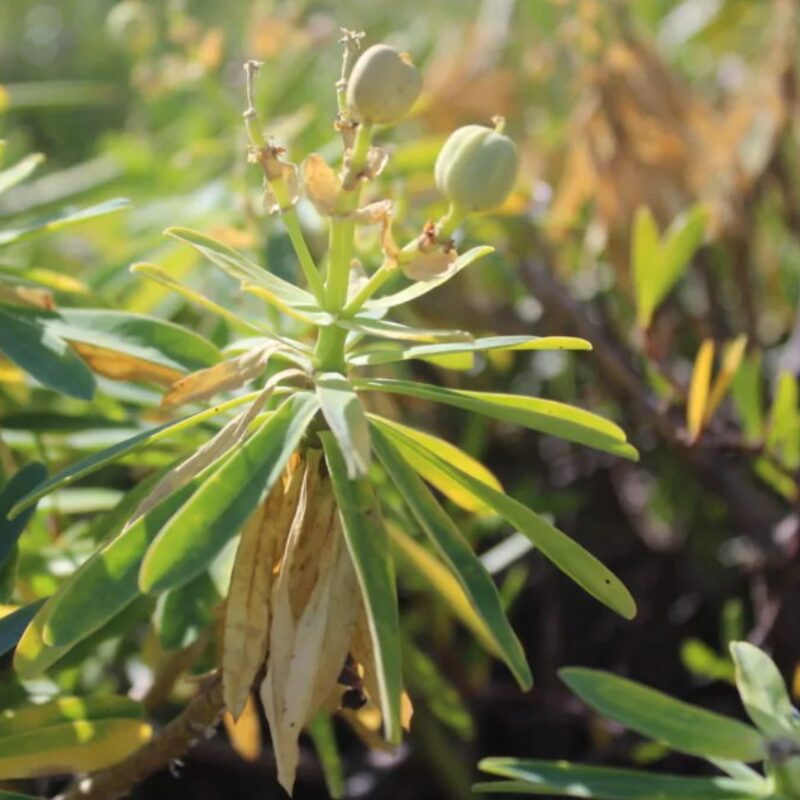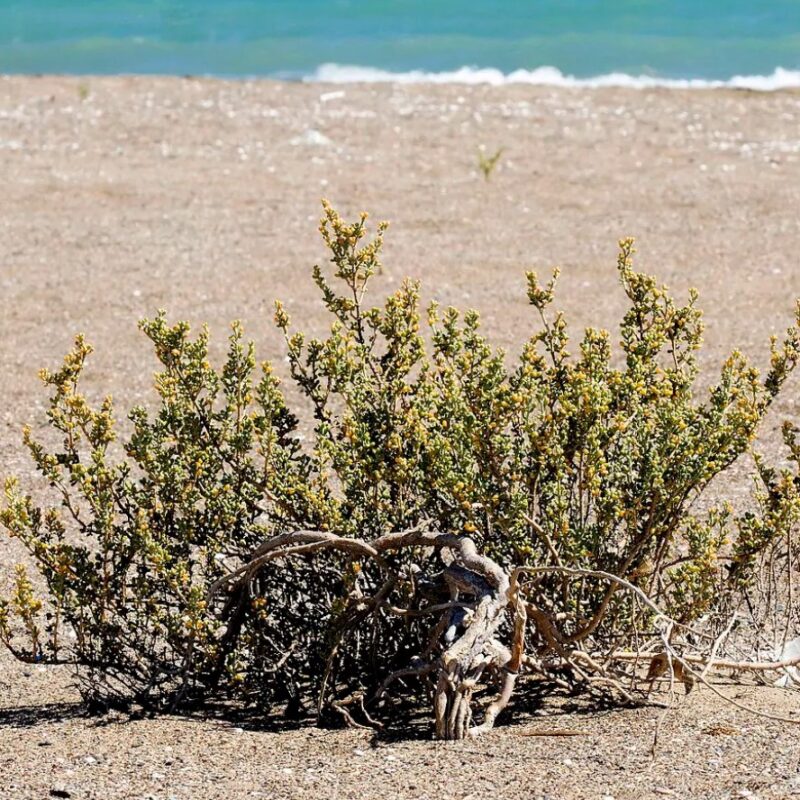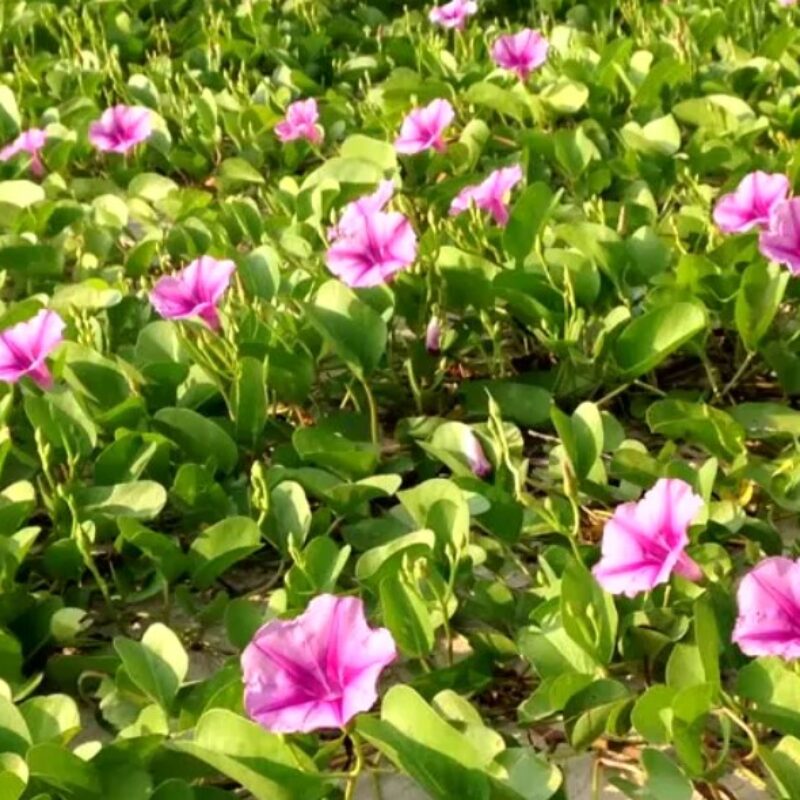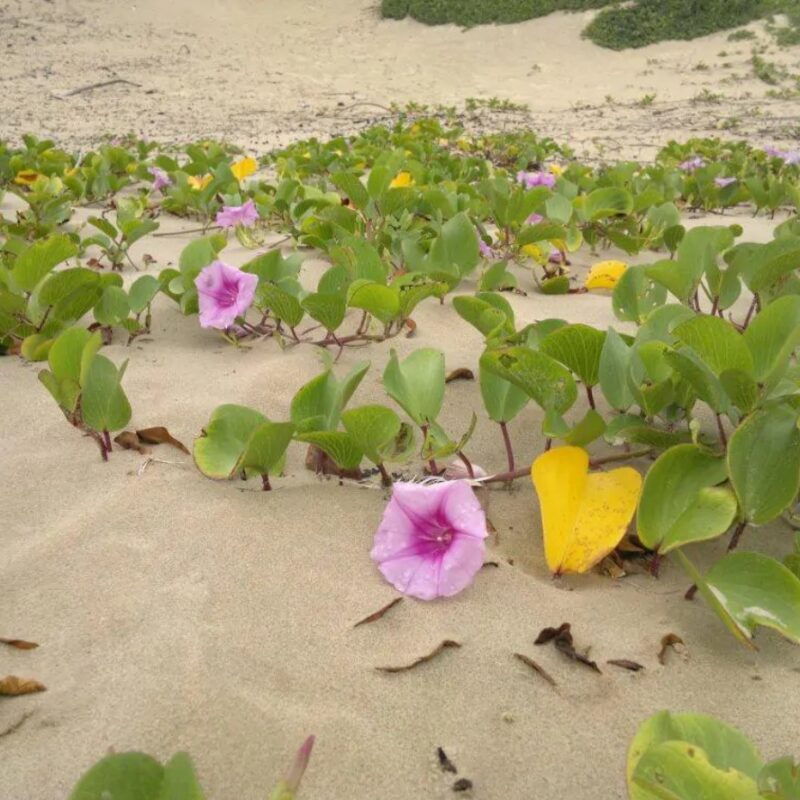Influenced by the trade winds, which hit the arid regions of the Sahara and Sahelian desert, the flora and terrestrial ecosystem of the Cape Verdean archipelago are not tropical, although green covers most of the islands in the rainy season. However dryness of such a law, particularly on the south side of the Islands where the wind brings moisture, agricultural islands sow in dry soils with the approach of autumn. It usually takes a couple of rained several days to grow crops. Increasingly, solutions of irrigation technology (drip, hydroponics etc.) allow benefiting from land that, in itself, would be very fertile, if not only lacked water.
The vegetation and plants of Cape Verde
In the valleys and in the highlands of the mountainous islands agriculture also plays an important role in the economy of the country, enough to fill its markets of maize, various species of beans, sweet potatoes, cassava, vegetables and fruits with remarkable regularity. Mountainous regions have made a considerable effort since independence in 1974 to plant trees in the archipelago. Between 2002 and 2004 this commitment resulted in the reforestation of an area of 5,000 hectares.
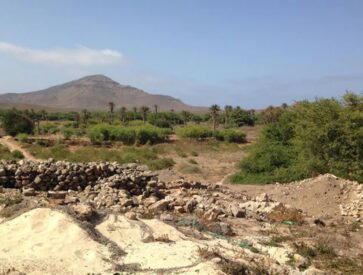
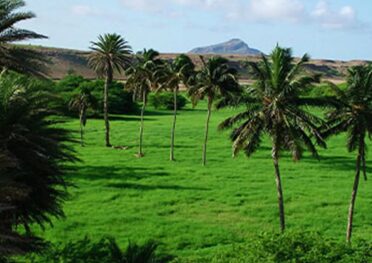
The natural vegetation
As regards the spontaneous flora, in Cape Verde there are 755 species of plants, of which 83 are endemic among 224 indigenous.
The Jatropha (from Greek iatròs, doctor, + trophe, food), used as a medicinal plant and for power, was called “green gold”, as in the nineteenth century played an important role in the archipelago when its seeds were exported to the production of soap. Another common endemic plant in Cape Verde, the White Hawthorn (Acacia albida) of the Mimosaceae family, came to occupy significant areas in the southwest of the islands, and its disappearance was compensated at the end of the last century by the American acacia (Acacia prosopis).
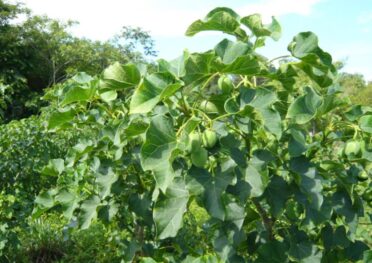
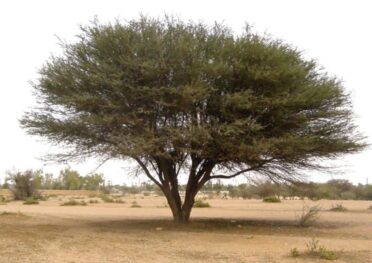
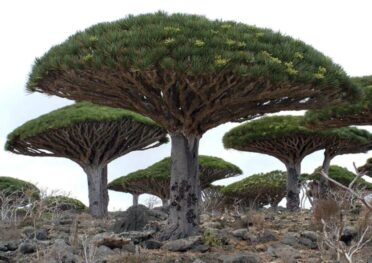
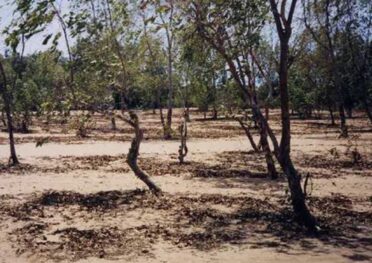
The dragon tree, known as the Dragon (Dracaena draco), is the best-known species, both for portamento (reaches 12 meters high) and its “historical monument” since it can exceed 650 years. Its sap, known as “Dragon’s Blood,” is considered by some to have curative powers. The Tamarix (Tamarix senegalensis) is a tree that can survive with seawater and withstands the harsh coastal conditions of Cape Verde, although it does not reach the height of other subspecies such as Tamarix aphilia (up to 18 meters high).
Both plants are also used to obtain firewood and animal fodder. The Sycamore (Ficus sycomorus), famous in the Gospels to be served to Zacchaeus as compensation for his stature, is on the steep terrain and can even reach twenty meters. Its fruits are edible.
The Marmulano (Sideroxylon marginata), the only endemic tree of the archipelago, can reach a dozen meters and can be seen only in inaccessible areas because accessibility has been virtually eradicated.
A Date Palm, the Tamandaré (Phoenix atlantidis), particularly on the island of Boavista and besides providing the high-quality date, produces leaves to feed the goats and the production of baskets.
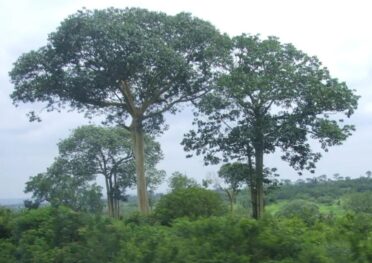
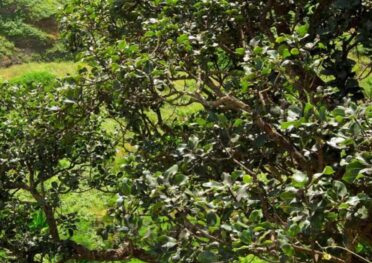
Cistanche phelypaea is a species of flowering plant belonging to the Orobanchaceae family. It is a parasitic plant, which grows mainly in salt marsh areas. It has no chlorophyll, so it extracts its nutrients from other plants (usually from the Chenopodiaceae family), linking its roots to those of the host plant. It blooms in spring.
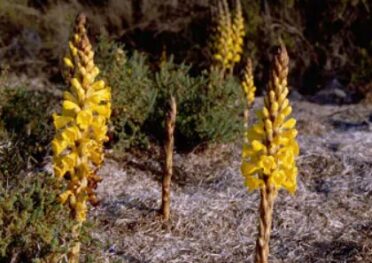
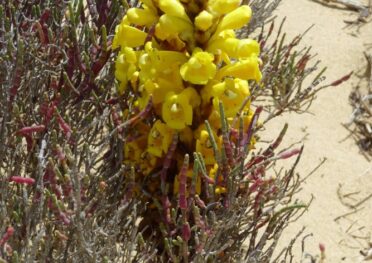
Vegetable forms of the island of Boa Vista
Therophytes (56%)
Hemicryptophytes (8%)
Bulb geophytes (1,5%)
Rhizome geophytes (2,5%)
Campaigns (20%)
Esandentes (2%)
Nanofanerophytes (5%)
Microfanerophytes (5%)
During the year it is possible to observe the fauna of the island of Boavista. Daily 4×4 tours and tours on Boa Vista Island to find and see and approach these magnificent beings. More information can be found here on the page: EXCURSION 4×4
HALF DAY MORRO NEGRO BY 4x4
4 hours
On the road to the history and tradition of Boavista, the first stop is the terracotta factory of Rabil, the ancient Olarìa, where skilled artisans work the red earth by hand and create very nice statues. Leaving Rabil we turn towards the Viana desert, formed with the sands that the winds bring from Africa: you can slide down from the dunes and walk to “hear” the magical silence of this place. The tour continue on a road still made of cobblestones, towards the villages of the North: João Galego, Fundo das Figueiras and Cabeça dos Tarafes, very colourful, full of flowers and hospitable people.
From Cabeça the path take a black run, crossing a surreal landscape of volcanic stones, which leads to one of the highest points of Boavista: the Morro Negro lighthouse. Then go for a 10 minutes walk, where the view on the Atlantic Ocean is breathtaking. On the way back the path is the same, but by changing the direction and view, the emotions are also renewed.
2 POSSIBLE DEPARTURES (every day):
From all hotels and Sal Rei:
Morning: 09:00 AM
Afternoon: 2:00 PM
RETURN: Expected return after about 4h.
TRANSPORT INCLUDED
Pick-up directly at the hotel or at your accommodation. Further details will be provided after booking.
EXCURSION PRICE (for the car)
1-2 pax 90€; 3-4 pax 120€

